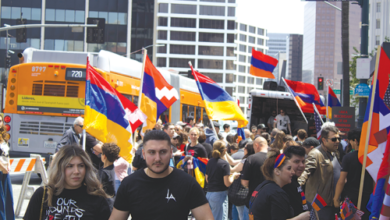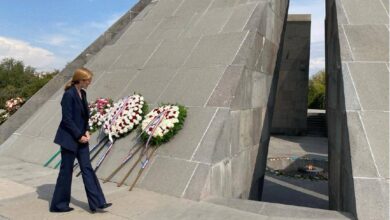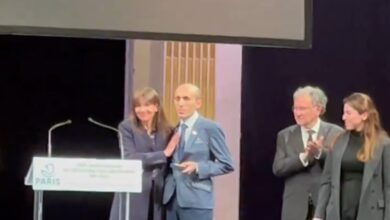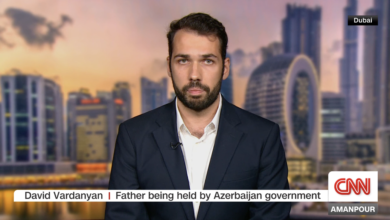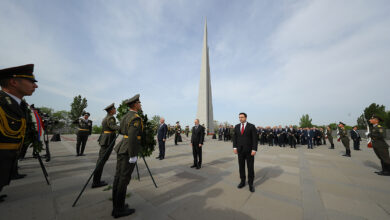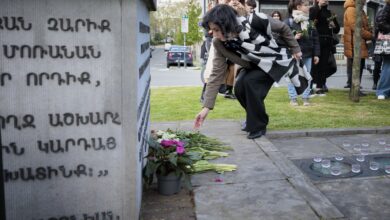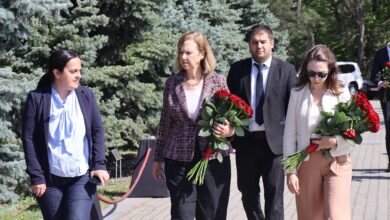Lecture focuses on artwork from Western Armenians
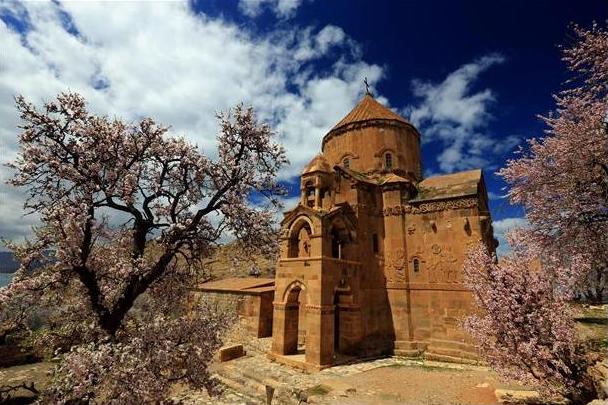
The Armenian Studies program, Fresno State, held the second in a series of lectures on Wednesday that focused on works of art by Western Armenians up until the early 20th century, The Collegian reports.
Dr. Ronald Marchese, a Fresno State alumnus and professor emeritus of ancient history and archeology at the University of Minnesota, Duluth, was the guest speaker.
The lecture explored different works of art created by Armenians, particularly religious artifacts in the form of metal work.
The relics shown displayed biblical stories that were very detailed in their artistry. Some details were even as tiny as a fingernail, Marchese said.
Marchese also said that this artwork was made during a time that people were illiterate or semi-illiterate.
“How did you tell the stories that created the foundation of the faithful?” Marchese asked. “Through imagery.”
Marchese said the religious art and objects illustrate deep attachment to Armenian Christian values and culture as well as adherence to Christian beliefs in a time and place otherwise dominated by Muslim culture.
Marchese noted a relationship between the Armenian art and life for the Armenians during that time in the city formerly known as Constantinople. It’s now known as Istanbul, the capital of Turkey.
“This is obviously the tragedy of one specific group, but this is also a celebration of culture and achievement,” Marchese said.
Marchese also talked about his recently published and co-authored book titled, “Treasures of Faith: Sacred relics and Artifacts from the Armenian Orthodox Churches of Istanbul.”
Dr. Barlow Der Mugrdechian, Armenian studies coordinator, said that the book was well-illustrated and meticulously researched.
“It’s a really landmark book in the field of studying Armenian art in Constantinople,” Mugrdechian said. “The significance of the Armenians in Constantinople is very important.”
“We’re looking at the material here as artifacts as if it’s an archeological excavation,” Marchese said. “Except you’re excavating a depot that every church had of the donations made by people from the congregation.”


